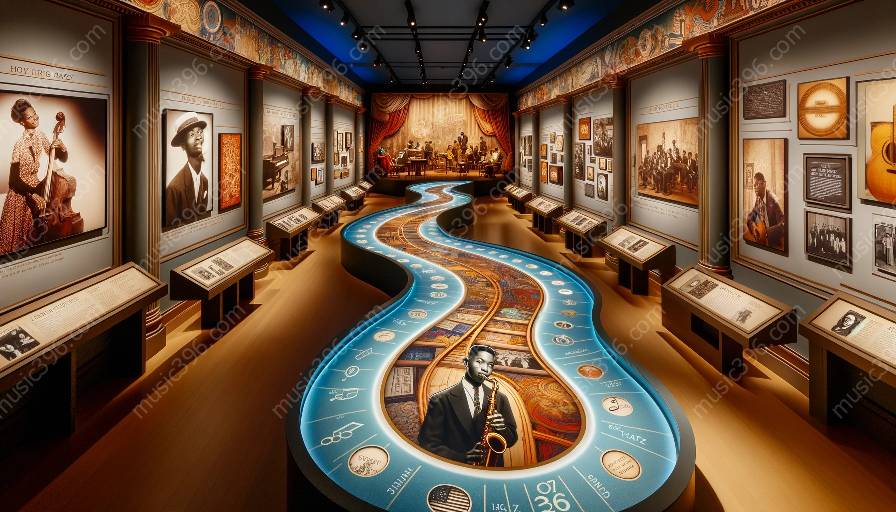Jazz has undergone various transformations over the years, with modal jazz standing out as a significant development in the genre's evolution. Modal jazz differed from earlier styles in several key aspects, from its harmonic structure to its improvisational approach. Understanding the main features of modal jazz and its impact on jazz studies is essential for comprehending the overall evolution of jazz.
Modal Jazz: An Overview
Modal jazz emerged in the late 1950s and 1960s, marking a departure from the predominant bebop and hard bop styles of the time. Pioneered by innovative musicians such as Miles Davis, John Coltrane, and Bill Evans, modal jazz introduced a new approach to improvisation and composition.
Main Features of Modal Jazz
1. Modal Harmony: Unlike earlier jazz styles that relied heavily on chord progressions, modal jazz emphasized the use of musical modes or scales as the basis for harmonic structure. This departure from traditional functional harmony allowed musicians greater freedom in exploring different melodic possibilities.
2. Extended Improvisation: Modal jazz compositions often featured extended improvisational sections, providing artists with ample room for expressive creativity. The extended nature of improvisation in modal jazz distinguished it from the more concise improvisational patterns found in earlier jazz forms.
3. Exploration of Modes: Modal jazz encouraged musicians to explore a wide range of modes, such as Dorian, Lydian, and Mixolydian, leading to a broader palette of tonal colors and textures within compositions.
Differences from Earlier Styles
1. Harmonic Approach: Earlier jazz styles, such as bebop and hard bop, were characterized by complex chord progressions and rapid harmonic changes, while modal jazz simplified the harmonic structure by focusing on single modes for extended periods.
2. Expressive Freedom: Modal jazz provided musicians with increased freedom for improvisation, moving away from the intricate and predetermined chord changes prevalent in earlier jazz forms.
3. Tonal Exploration: Modal jazz introduced a new emphasis on tonal exploration, allowing for a more diverse and expansive sonic landscape compared to the more traditional tonal approach of earlier jazz genres.
Impact on the Evolution of Jazz
The emergence of modal jazz marked a significant shift in the trajectory of jazz evolution. Its innovative approach to harmony, improvisation, and tonality influenced subsequent styles and contributed to the ongoing diversification of the jazz genre.
Impact on Jazz Studies
Modal jazz's unique characteristics have had a profound impact on jazz studies, shaping the way musicians and scholars analyze and understand the evolution of jazz. The study of modal jazz provides valuable insights into the development of improvisational techniques, harmonic explorations, and compositional innovations within the jazz tradition.
In conclusion, modal jazz's main features set it apart from earlier styles by redefining the harmonic and improvisational framework of jazz music. Its impact on the evolution of jazz and its enduring influence on jazz studies continue to contribute to the rich tapestry of the jazz genre.





























